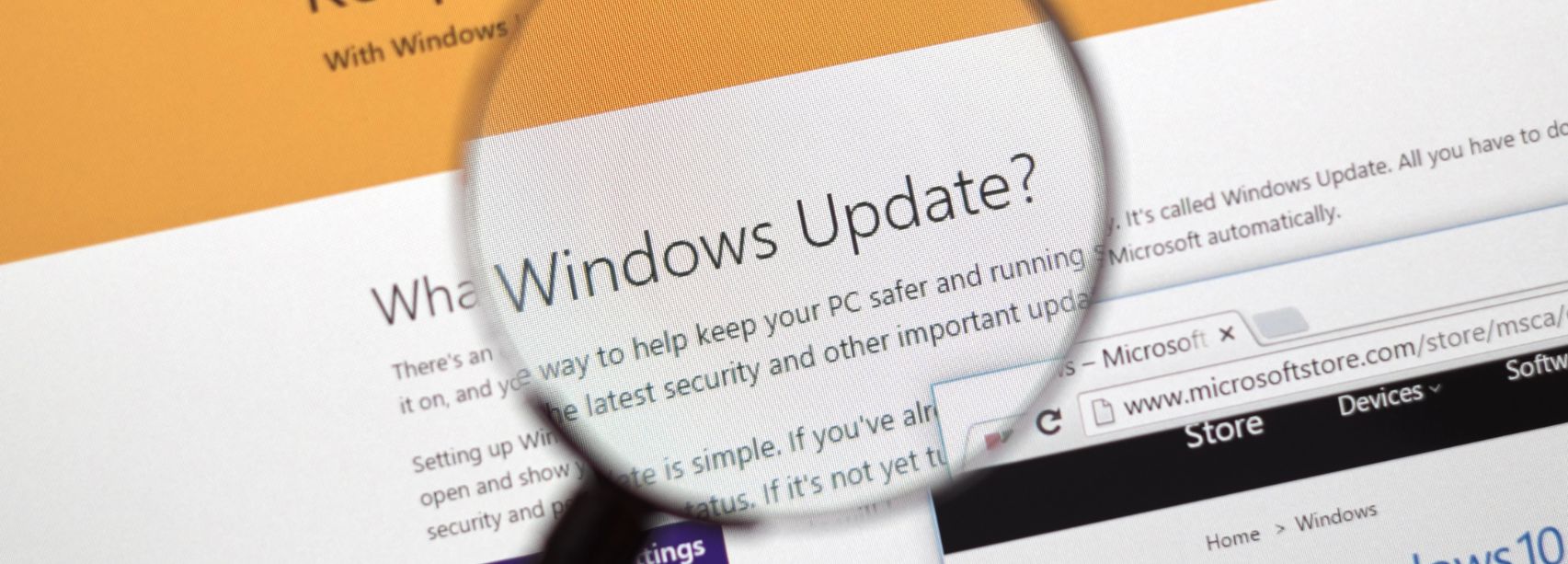As Microsoft’s support for Windows 10 nears its end, businesses have a crucial opportunity to plan ahead and avoid potential disruptions. When an operating system reaches “end of life,” it no longer receives security patches, updates, or support, increasing the risk of security vulnerabilities, compliance issues, and unexpected costs. By preparing now, your business can ensure it remains secure, compliant, and ready well in advance. Deerwood Technologies is here to make this transition as smooth and effective as possible.
What Does End of Life Mean for Windows 10?
Microsoft follows a strict lifecycle policy, ensuring that each operating system version is supported with updates for a defined period. The End of Life (EOL) of Windows 10 means that after the official date, Microsoft will no longer provide updates, patches, or customer support for this system. For businesses relying on Windows 10, this is a critical moment: without these updates, the system becomes increasingly vulnerable to new security threats.
The official EOL date for Windows 10 is set for October 14, 2025. While this may seem a way off, preparing now can ensure your business is ready, secure, and compliant well in advance.
The Risks of Continuing with Windows 10 After EOL
Using an unsupported operating system may seem like a way to save on costs, but this choice can lead to larger, long-term expenses and risks:
Increased Security Vulnerabilities
Without ongoing security patches, Windows 10 becomes a prime target for cybercriminals. These vulnerabilities can lead to data breaches, malware infections, and other cyberattacks that compromise your data, reputation, and business continuity.
Compliance Concerns
For businesses in regulated industries, using an unsupported OS can lead to compliance violations. Organizations that handle sensitive data—such as financial firms, healthcare providers, and educational institutions—are required to adhere to strict cybersecurity standards. Outdated software increases the risk of non-compliance and potential fines.
Operational Disruptions
As new software and hardware are released, they are often incompatible with outdated systems like Windows 10. This means your business could face more frequent crashes, software glitches, and unanticipated downtime, disrupting productivity and client service.
Benefits of Upgrading to Windows 11
Beyond knowing your business is operating on supported technology, current generation computing hardware and new features and capabilities will significantly raise staff productivity.
Enhanced Security Features
Windows 11 was designed with security at its core, introducing features like Trusted Platform Module (TPM) 2.0 support and virtualization-based security, which offer higher levels of protection against today’s cyber threats.
Improved Productivity and Compatibility
Windows 11 brings a fresh user interface and compatibility with modern hardware, enhancing the overall user experience. It also supports the latest productivity apps and cloud services, helping your team stay connected and efficient.
How Deerwood Technologies Can Help Prepare for Windows 10 EOL Transition
1. Evaluate Current Systems
Begin by assessing your current technology infrastructure and identify which devices may need to be replaced. An IT audit can highlight what’s needed to ensure security and performance and maintain technology lifecycle currency.
2. Develop a Transition Plan
Our team can assist with creating a transition roadmap that accounts for compatibility, budget, and operational impact. This plan should outline each step of the migration process, including software compatibility testing, employee training, and data backups to prevent disruptions.
3. Plan for Upgrade Costs
Budgeting for this transition is crucial. A well-planned budget ensures you avoid unexpected costs down the line. Deerwood Technologies can provide options that eliminate the need for significant capital expenditure by offering Hardware as a Service. Let us know if you’d like to learn more.
4. Ongoing Support and Security
Post-transition, Deerwood Technologies provides ongoing monitoring, security, and support to keep your systems up-to-date and optimized. With our proactive approach, you can rest assured that your technology is not only current but secure.
Planning a Smooth Transition Beyond Windows 10
Preparing for Windows 10’s End of Life now can save your business from potential security risks, compliance issues, and operational disruptions down the road. At Deerwood Technologies, we’re here to help you navigate this critical change with a personalized approach that keeps your business secure, compliant, and ready for the future.
Ready to start planning your Windows 10 transition?
Frequently Asked Questions
1. When is the End of Life date for Windows 10?
Windows 10 will reach its End of Life on October 14, 2025, after which Microsoft will no longer provide security updates, patches, or support for the operating system.
2. What does Windows 10 End of Life mean?
End of Life means Microsoft will stop issuing updates, including security patches, leaving Windows 10 systems vulnerable to new security threats.
3. Can I still use Windows 10 after its End of Life?
Yes, you can continue using Windows 10, but it’s strongly discouraged due to increased security risks and potential software incompatibility over time.
4. What are the risks of using Windows 10 after End of Life?
The primary risks include exposure to cyber threats, compliance issues in regulated industries, and potential compatibility problems with new software.
5. How can an IT provider help with the Windows 10 transition?
An IT provider can assess your systems, develop a transition plan, manage the transition process, and ensure data security throughout the change.

